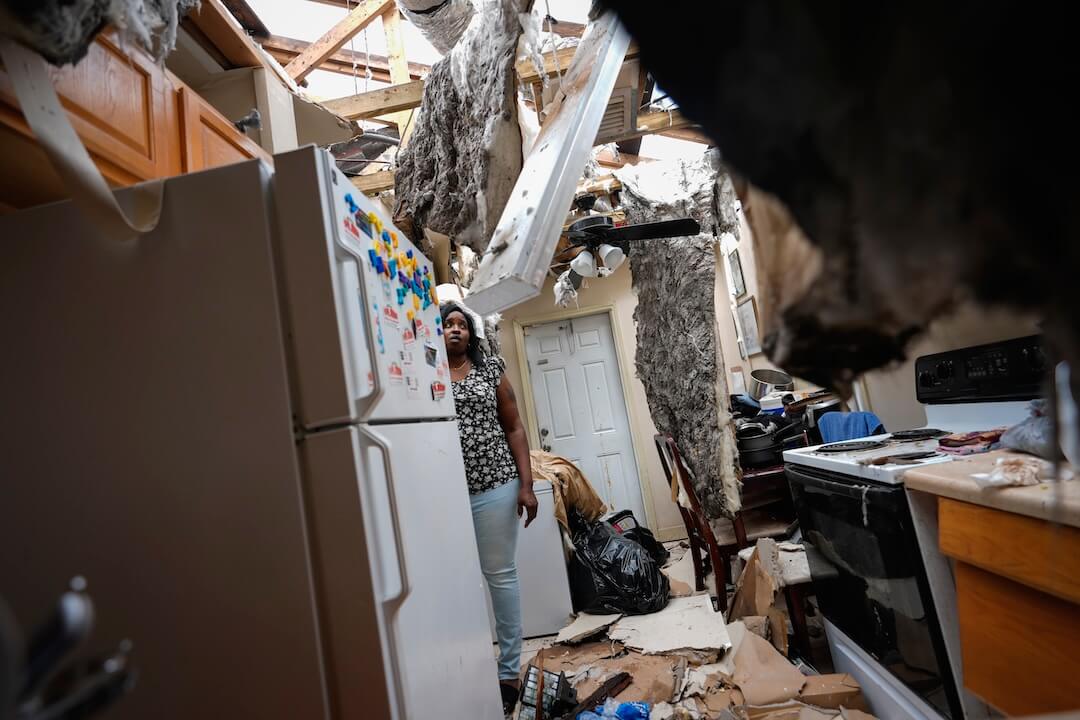As editors reorganize and identify new beats or topics, social justice reporting is gaining ground as an area of coverage. In the San Francisco Bay area, where social justice is a simmering topic, newsrooms are developing creative approaches.
The Center for Investigative Reporting sent poets and playwrights into the field with reporter Amy Julia Harris to examine the state of the some of worst public housing imaginable in Richmond, California.
Public radio station KQED commissioned graphic artist Andy Warner to create a comic book describing citizen’s legal rights when they get pulled over by the police. They distributed comic book to high school students.
AJ+’s Shadi Rahimi helped develop a strategy for covering citizen protests that starts with reporters documenting events and witnesses on their cell phones and publishing raw video straight to social media.
Rahimi’s colleague, Geoffrey Dietrich contributed an AJ+ playlist “Breaking Down the US Justice System,” a collection of 14 short, highly-produced videos explaining issue like the school-to-prison pipeline, modern-day debtor prisons and the laws behind stop and frisk.
These journalists will join others at Truth & Trust: Exploring Social Justice Issues in Media from the Newsroom to the Classroom on the eve of the convention for college journalism and communications professors Wednesday Aug. 5 to discuss their work and the skills that colleges need to teach in order for students to graduate ready to do similar work.
- Journalists need basic mobile camera skills. The decline of the number of professional photographers, combined with the pressure to get video of breaking news up fast on social media. Reporters who want to be effective in social justice reporting must also be quick and responsive when it matters.
- Learning to pitch social justice stories to a specific audience is important in all newsrooms, not just those newsroom targeting a niche audience. Stories about injustice are hard to sell when the recipients are vague. But a story targeted at teenagers, or parents, or people of color, or people of privilege becomes easier to push out on social media and thus find its natural audience.
- While most newsrooms embrace the idea that video drives web traffic, “video journalism should be visual, not a video version of an article,” Dietrich said. When video works well, it was usually conceived at the beginning of a project or by a full-fledged member of a team, rather than as an add-on.
- Finding new approaches to stories, requires letting go of the fascination with traditional story approaches, Rahimi said. It helps that AJ+ only publishes stories on social media and mobile platforms, part of Al Jazeera America’s strategy at building trust with a younger audience. Some of the journalists who are having the most success are those who come to the beat with no preconceived notions of how to sell stories.
This conversation begins at 6 p.m. Wednesday in room Foothill F at the Marriott Marquis in San Francisco, the site of the Association for Education in Journalism and Mass Communication convention. A convention badge is not required for attendance. Registration is required.







